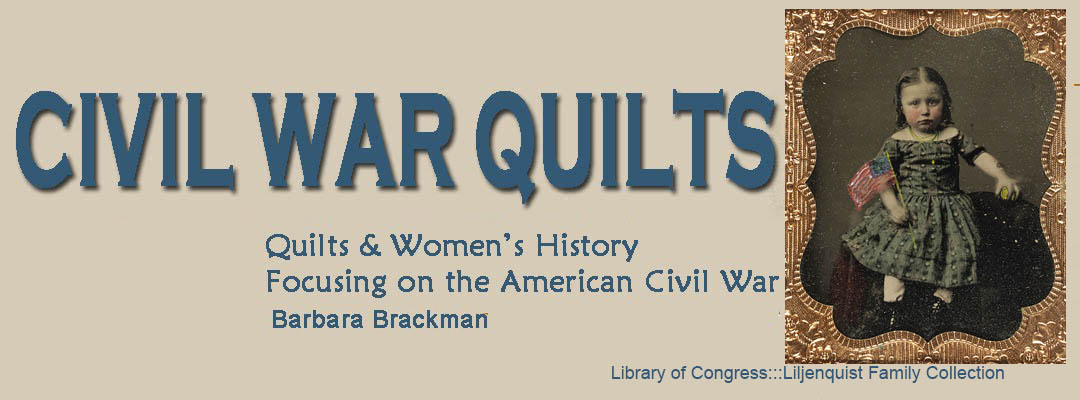Petticoat Press #11: Herald Square for Mary Clemmer Ames
by Jeanne Arnieri
Mary Estella Clemmer Ames Hudson (1831-1884)
Mary Estella Clemmer was born in New York and grew up in Massachusetts. At 17 she married Presbyterian minister Daniel Ames who was dispatched to Winona, Minnesota.
Herald Square by Becky Brown
"We were eating our breakfast in a comfortable home on Camp Hill on Saturday morning, the 13th of September, when we heard the quick, cruel ring of musketry cutting the air. We ran out upon the hill in the rear of the house overlooking the village below, London Heights [Loudoun Heights, the second highest mountain overlooking Harpers Ferry], the Shenandoah, the Potomac, the Heights of Maryland, a vast green precipitous wall, on the opposite shore. [Stonewall] Jackson had come."
View of the Potomac River from Maryland Heights
Confederate General Thomas Jonathan
"Stonewall " Jackson (1824–1863)
Alta California, October, 1862
Her account of the battle, “The Battle of Harper’s Ferry As a Woman Saw It,” was published in The New York Evening Post on September 26, 1862 and widely copied afterwards...and embroidered upon over the years as in this drawing of her in heart of battle.
Herald Square by Denniele Bohannon
Mary relocated to Washington where like so many other women she tended to ill soldiers in her spare time and despaired of Union victory. Was she living with Ames at the time? She was certainly unhappy in her marriage and in her outlook in those years.
The Cary Sisters
The happiest days during her marriage were recalled as those she spent in New York as a guest of Phoebe and Alice Cary, sister poets.
Her second husband's memorial to her after her death
included an 1863 letter to her friends Representative
Justin Morrill and his wife Ruth Swan Morrill.
After the war she began a regular column for the New York Independent titled "A Woman's Letter from Washington," later collected in a book Ten Years in Washington.
As was expected of "A Woman's Letter" her columns were full of fashion and gossip but she addressed politics as well.
Read it here:
https://books.google.com/books?id=0EAIGA6XQ-4C&printsec=frontcover&dq=ten+years+washington+clemmer+ames&hl=en&newbks=1&newbks_redir=0&sa=X&ved=2ahUKEwizt4KW39WEAxUVmIkEHaAgDoUQ6AF6BAgMEAI#v=onepage&q=ten%20years%20washington%20clemmer%20ames&f=trueIn 1874 Daniel Ames divorced her in West Virginia.
She'd been earning her own living through journalism for years.
Mary Clemmer Ames became Mary Clemmer again.
She lived with her parents at 134 Pennsylvania Avenue in Washington when the 1880 census taker came to call. Nine years after her divorce she married Edmund Hudson Washington, editor of The Army & Navy Register. He was said to be well-known but little about him appears in the records. They married in 1883 and she died the following year, of a cerebral hemorrhage (a stroke). Edmund thought it the result of hitting her head in a carriage accident, but she had been complaining about painful headaches for a while before the accident. Mary Clemmer died at 53 in August, 1884.
Edmund seems to have loved her very much as indicated by his published memorial.
The Block
Modified Herald Square, revised from Nancy Cabot's Herald Square.
Herald Square in New York City was home to the New York Herald. Mary
wrote for a smaller paper on a smaller square: The Utica Herald.
Utica
Herald Square by Elsie Ridgley. Elsie followed the original Nancy
Cabot pattern.
Becky Collis's Petticoat Press recently won a prize at her guild show.
Read More:
An American Woman's Life and Work: A Memorial of Mary Clemmer
https://books.google.com/books?id=zPo_AQAAMAAJ&printsec=frontcover&dq=An+American+Woman%27s+Life+and+Work:+A+Memorial+of+Mary+Clemmer&hl=en&newbks=1&newbks_redir=0&sa=X&ved=2ahUKEwi-8dqe89aEAxX2mIkEHQL0BFQQ6AF6BAgIEAI#v=onepage&q&f=false
https://books.google.com/books?id=zPo_AQAAMAAJ&printsec=frontcover&dq=An+American+Woman%27s+Life+and+Work:+A+Memorial+of+Mary+Clemmer&hl=en&newbks=1&newbks_redir=0&sa=X&ved=2ahUKEwi-8dqe89aEAxX2mIkEHQL0BFQQ6AF6BAgIEAI#v=onepage&q&f=false




























AlbertRichardson.jpg)









































